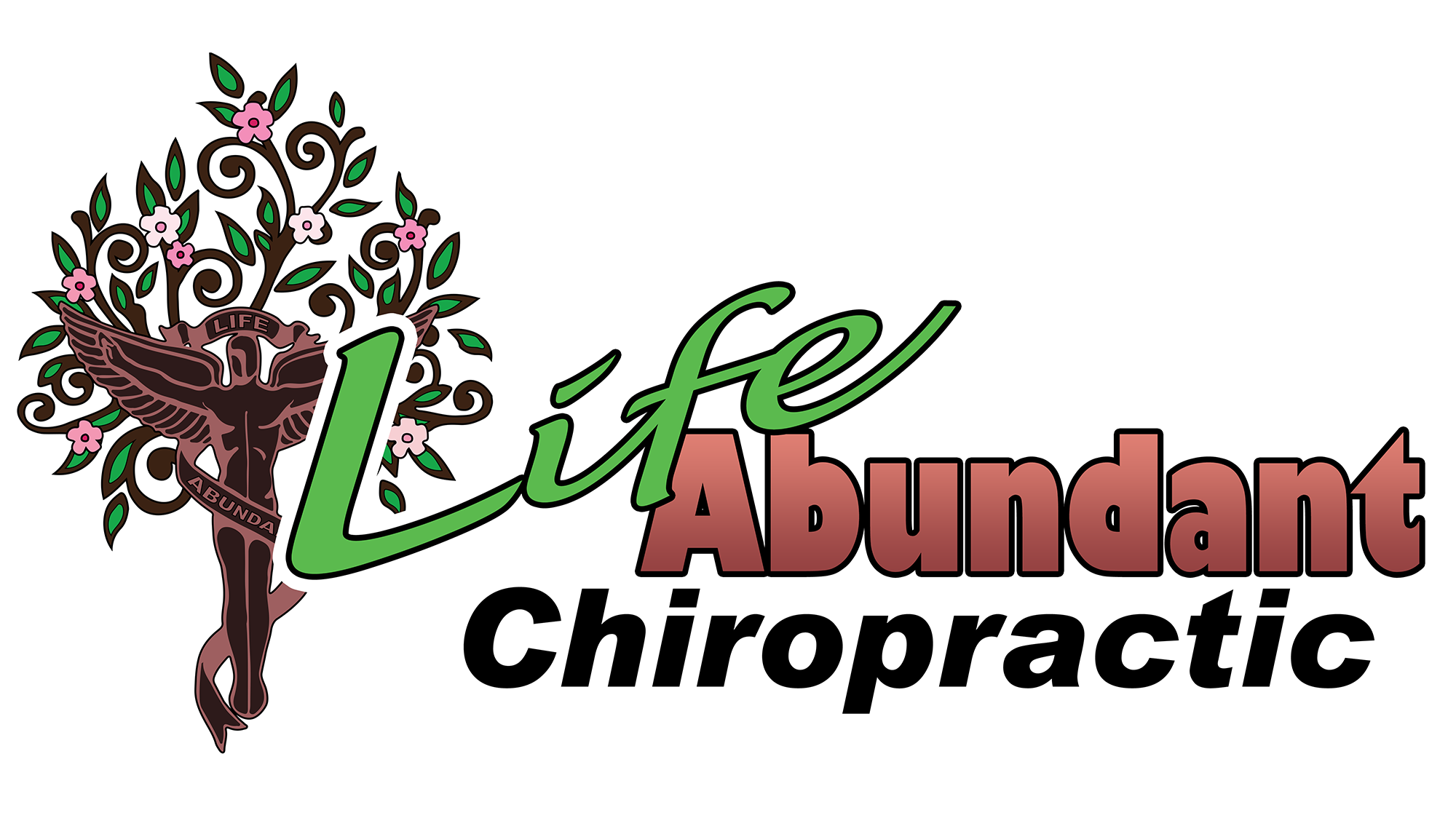Techniques
Primary Techniques
These are the main techniques for adjustment you can expect unless you have a special condition/request.
Diversified Technique
This is a widely used type of chiropractic manipulation/adjustment that includes most of the procedures taught in chiropractic institutions. This technique is the most commonly used of all chiropractic techniques and is the one probably most familiar to patients. The Diversified manipulation/adjustment entails a high velocity, low-amplitude thrust delivered by hand and possibly with assistance from a table or block. This usually results in a cavitation of a joint (quick, shallow thrusts that cause the popping noise often associated with a chiropractic manipulation/adjustment). As the name implies, the Diversified Technique can be used to treat many of the joints in the body and is the primary technique used by the doctors in our office. It is not painful, but can be intimidating, especially if you've only ever seen it associated with doctors in the media and never experienced it yourself.
Thompson Drop
This is a specific chiropractic method and is a variation of the Diversified technique that uses a special table with several segments called drop pieces. These segments can be cocked up a fraction of an inch, so when the thrust is delivered, the table will drop this fraction of an inch. The object of the drop is to distract (open) the joint during the adjustment. The drop pieces assists the thrust, while minimizing the force required for the adjustment. Cavitation of the joint may or may not occur.
Activator
Gentle! This is a hand-held, spring-loaded instrument-based manipulation/adjustment protocol. Instead of the manipulating/adjusting forces being delivered by hand, force is generated with the small appliance that delivers a lighter, quicker thrust than can be delivered by hand. It is by far the least physical method as well as least intimidating, and while it provides great results, it may not produce as much instant satisfaction in the patient. But some patients find it actually works better for them. In our office, Activator is most often used as a selective method for patients who may not desire manual manipulation/adjustment or where manual manipulation/adjustment may be contraindicated.
Secondary Techniques
These are the techniques Dr. Foster is proficient in but only utilizes as the situation calls for.
S.O.T.
Sacro Occipital Technique – This is a specific chiropractic technique that uses triangular-shaped blocks usually placed under the pelvis of the prone patient to treat problems identified in the low back. Low force, slow pressure types of manipulations/adjustments may be used to address joint problems identified in the skull.
Applied Kinesiology
This is an approach to chiropractic treatment is different primarily in its diagnosis approach. Often combined with diversified adjustments, it may also be used with nutritional interventions, together with light massage of various points referred to as neurolymphatic and neurovascular points. Clinical decision-making is often based on testing and evaluating muscle strength. It can be very beneficial for discovering root causes of ailments harder to diagnose.
Ultrasound Therapy
Ultrasound is a therapeutic modality used by physical therapists since the 1940s. Ultrasound is applied using a wand or probe in direct contact with the patient’s skin. As it heats the tissue it has been shown to increase in tissue relaxation, local blood flow, and scar tissue breakdown.
More blood flow can reduce swelling and chronic inflammation and may help heal bone fractures. The strength of the ultrasound can be adjusted based on the desired outcome.
Cold Laser Therapy
Cold laser therapy is low-intensity laser therapy that stimulates healing while using low levels of light.
Cold laser therapy is called "cold" because its low light levels don't heat body tissue. The level of light is low when compared to other forms of laser therapy, such as those used to destroy tumors and coagulate tissue. Surgical and aesthetic lasers heat the tissue being treated. True to its name, cold laser therapy does not.
During this procedure, different wavelengths and outputs of low-level light are applied directly to a targeted area. The body tissue then absorbs the light. The red and near-infrared light cause a reaction, and the damaged cells respond with a physiological reaction that promotes regeneration. Superficial tissue is usually treated with wavelengths from 600 to 700 nanometers (nm), while deeper tissue requires wavelengths from 780 to 950 nm. You will feel the laser on your skin, but it is painless and noninvasive. There will be no sound, vibration, or heat. Each treatment lasts only a few minutes.
Graston
Sometimes, injury or repetitive stress creates fascial restrictions (think scar tissue from those stitches you once had), within the muscle, tendons or ligaments. These restrictions need a more specific and assisted technique. To address these areas, the doctors may use instruments that are designed to effectively break down fascial restrictions and scar tissue. This is an excellent technique that has prevented many risky or ineffective surgeries.
Graston Technique® is a unique, evidence-based form of instrument-assisted soft tissue mobilization (IASTM) that enables clinicians to effectively address scar tissue, fascial restrictions and range of motion through comprehensive training, resulting in improved patient outcomes. The unique protocol uses specially designed stainless steel instruments, along with appropriate therapeutic exercise, to specifically detect and effectively treat areas exhibiting soft tissue fibrosis or chronic inflammation.
Kinesio® Taping
The Kinesio® Taping Method, like chiropractic, is based on the principle that the body has built in mechanisms of healing. We can increase the efficiency of healing through the help of Kinesio® Tape. When applied correctly, this tape can increase fluid flow through an injured area, provide better control over muscle contraction, reduce pain and lead to faster healing. Kinesio® Taping has now been seen in use in all manner of sports in particular, so you've likely glimpsed the bands of material on athletes at the Olympics or the Superbowl.
Cranial Technique
This is not a specific chiropractic technique, but possibly several techniques using the application of chiropractic manipulation/adjustment to joints of the skull (similar to the SOT technique previously mentioned). Since individual anatomy of skull joints is different, the styles of manipulation/ adjustment are different and no cavitation occurs.
Extremity Manipulation
This is the application of chiropractic manipulation/adjustment to joints other than those of the spine, i.e., shoulder, elbow, wrist/hand/finger, hip, knee, ankle/foot/toe. Examples of conditions treated by extremity manipulation/ adjustment: carpal tunnel syndrome, gait, or posture-related problems.
Websters Protocol (Pregnancy Care)
Dr. Larry Webster, founder of the International Chiropractic Pediatric Association developed this adjustment as a safe means to restore proper pelvic balance and function. It was developed to restore normal physiological function of the mother and improve her comfort throughout pregnancy in preparation for a safer, easier birth. He reported that in women who presented with a breech baby, the results of the adjustment appeared to normalizepelvic neuro-biomechanics and facilitate optimal fetal positioning. As he taught other doctors of chiropractic this adjustment, they too reported positive changes in baby positioning.
In this clinical and theoretical framework, it is proposed that sacral misalignment may cause the tightening and torsion of specific pelvic muscles and ligaments. It is these tense muscles and ligaments and their aberrant effect on the uterus which may prevent the baby from comfortably assuming the best possible position for birth.









